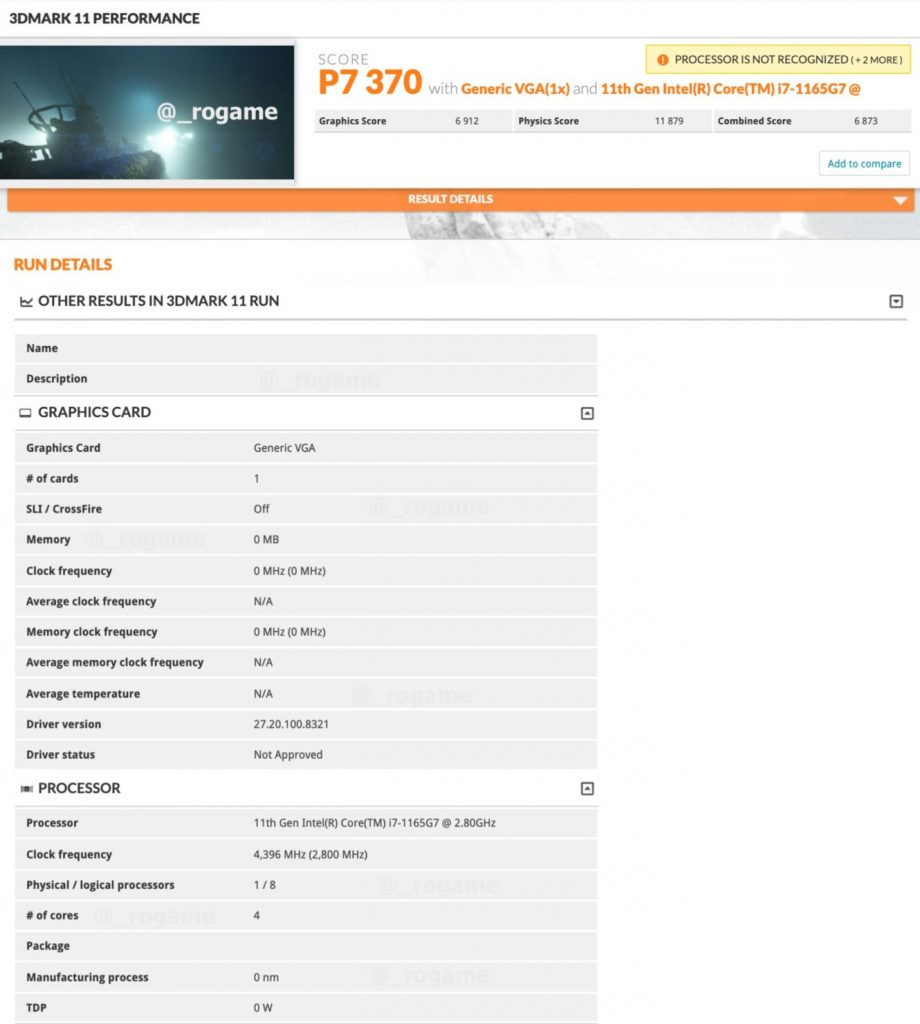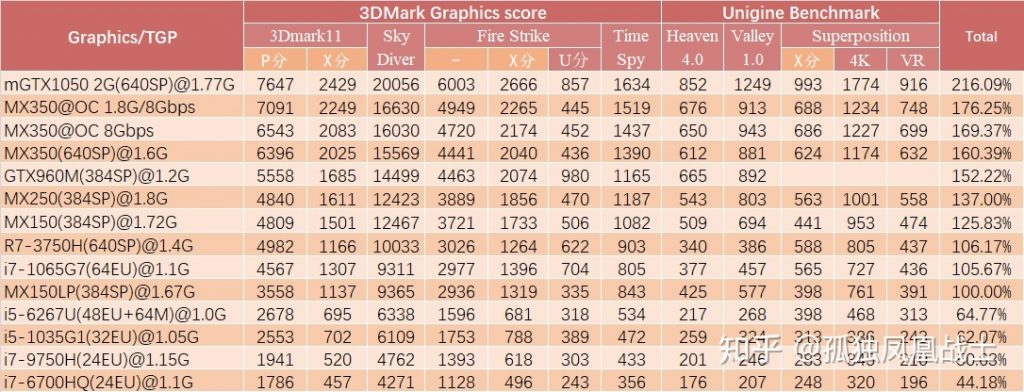The 4.7 GHz listing in the previous result seemed a bit off considering that the Core i7-1065G7 had a maximum clock speed of 3.90 GHz and Intel can’t just push out 4.70 GHz clocks on its immediate successor, the Core i7-1165G7. So not only does 4.4 GHz max boost clocks look more realistic but it seems like for this benchmark at least, the boosts are also working as they should. Also Read: AMD SmartShift will not appear till 2021
Benchmark
The listing was found by tech leaker, Rogame, who not only provided the results for the Intel Core i7-1165G7 Tiger Lake CPU but also compared it with Ryzen 4000 ‘Renoir’ APUs. Once again, Intel’s Core i7-1165G7 is based on the new 10nm+ Willow Cove CPU architecture and also houses a Xe GPU based graphics chip that will compete against AMD’s 7nm Vega GPU. The CPU has retained the base clock of 2.8 GHz but unlike the previously leaked benchmark, we see a clock speed of 4.4 GHz.
Intel Tiger Lake vs AMD Renoir Mobility CPU Comparisons:
When compared with the same Ryzen 7 4800U we used in the previous test, the Core i7-1165G7 is on par with it with a score of 11879 points versus 11917 points. This is quite a CPU performance when considering that these are chips with vastly different core configurations. The Intel Core i7-1165G7 features 4 cores and 8 threads on a 10nm+ process node while the Ryzen 7 4800U comes with 8 cores and 16 threads on a 7nm process node. In terms of graphics performance, the Ryzen 7 4800U despite an update 7nm Vega graphics engine seems to lag behind the new Intel Xe graphics architecture which has a lead of 13% in the same benchmark. What is even more impressive is the same graphics score puts the Intel Xe integrated GPU as faster than an overclocked NVIDIA MX350 discrete GPU:
MSI Creator 15 Will Have World’s Largest Laptop BatteryXiaomi’s New Mi Notebook Heading to India on June 11How to Undervolt CPU Using These 2 Methods


